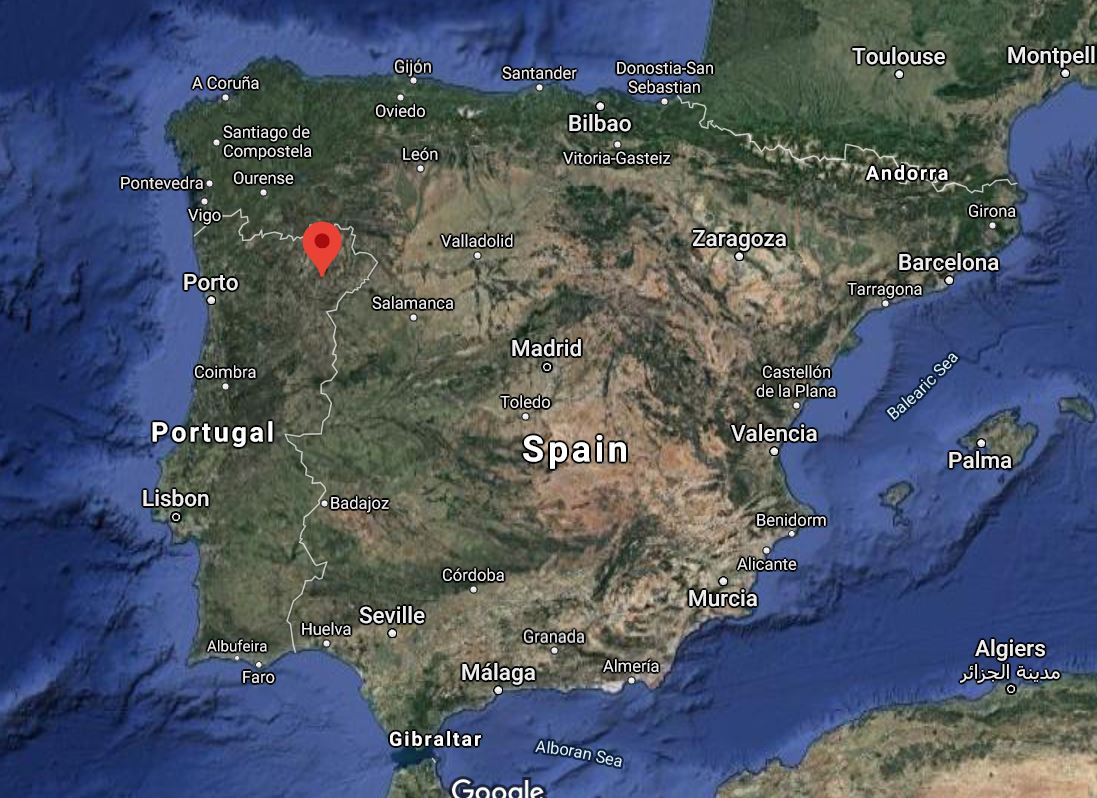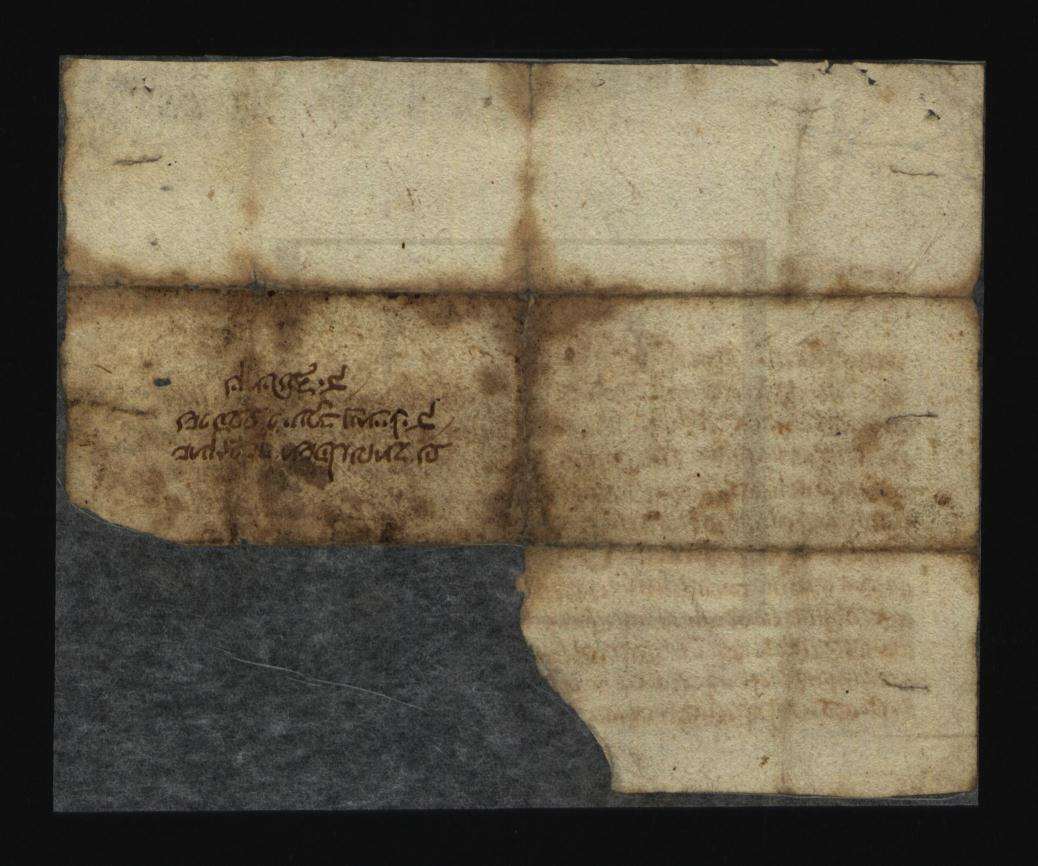
1/ Stories from the Archives of the Inquisition. The Trials of Mateus Salomão in Palermo (1606) and Goa (1610-1614), A Case Study in the Inquisition’s Global Reach and why lying to the inquisitors about your previous trial is not a good idea. #twitterstorians 

2/ The ability of the Inquisition to overcome the many obstacles presented by trials involving suspects who had travelled between continents is remarkably well illustrated by trial dossier number 5,037 in the archives of the Inquisition of Lisbon.
3/ Mateus Salomão, a military engineer, was arrested in September 1610 by the inquisitorial tribunal operating in Goa in India. Mateus Salomão traveled from Europe to Goa in 1602 to bolster the defenses of the Portuguese colony.
4/ Mateus Salomão’s detention was the result of testimony collected by the inquisitors during the trial of an immigrant from the Holy Roman Empire named Leonardo Lobo, a German suspected of harboring protestant (‘Lutheran’) beliefs.
5/ After his arrest in October 1609, Leonardo Lobo was subjected to a series of interrogations in which he implicated a number of his friends, including Mateus Salamão.
6/ Lobo claimed to recall conversations with Mateus Salamão in which the latter expressed sympathy for the beliefs of Lutherans, criticized the adoration of sacred images as “idol worship” and accused the Catholic clergy of using unspecified “herbs” to control the populace.
7/ Worse still, regarding the Inquisition, Salomão had allegedly accused the inquisitors of also using herbs with peculiar properties in order to gain knowledge of “all the things and secrets that accused persons have committed or uttered”...
8/... and claimed that God was displeased “by the sight of so many tribunals of the Holy Office of the Inquisition in these realms of Castile and Portugal and the harsh punishments they meted out”.
9/ An arrest warrant was duly issued on 7 September and Mateus Salomão was detained the same day. In accordance with inquisitorial procedure, the inquisitors asked Mateus Salomão to provide a series of biographical details during his first interrogation on 9 September 1610.
10/ Mateus Salomão appears to have been unnerved by his arrest and immediately confessed that he had already been arrested by the Inquisition once before although not in India or even Portugal. His first arrest had been on the Spanish-ruled island of Sicily.
11/ The prisoner straightforwardly admitted to the inquisitors that this first arrest took place four years previously in Palermo, in the Kingdom of Sicily and offered a somewhat convoluted and confusing account of the causes of his arrest.
12/ The prisoner claimed he had been falsely accused of possessing a book of necromancy “in the Turkish language” and expressing the belief in universal salvation: that good Muslims could save their souls in their own faith and without converting to Christianity.
13/ Salomão strenuously denied this claim and was insistent that this first trial had not resulted in a conviction but rather in his complete exoneration.
14/ In the light of the evidence provided by Mateus Salomão, the inquisitors of Goa found themselves in a quandary. His claims regarding previous dealings with the Inquisition in Sicily and Spain needed to be verified, as there were potentially grave ramifications.
15/ It was particularly crucial to establish the truth behind the prisoner’s confession that he had been falsely arrested in Palermo for possessing a book of necromancy.
16/ On 24 November 1610 the inquisitors of Goa wrote to the members of the General Council of the Portuguese Inquisition in Lisbon to inform them Mateus Salomão and the papers of his trial would be transferred to Portugal.
17/ They argued that the geographical distances between Europe and India, and the length of time that it took ships to sail between the two, would extend the proceedings (and cost) of the trial for many years.
18/ Upon his arrival in Lisbon, Salomão was transferred to the cells of Inquisition’s headquarters in Lisbon: the Estaus palace. A certified copy of the documents contained in his trial dossier in Goa also arrived with the same ship.
19/ In Lisbon, Salomão now claimed that far from being exonerated from the charges against him in Sicily, he had been found guilty and sentenced to serve five years in the galleys. He concluded by admitting that he had escaped after one year in the galleys.
20/ To cast some light onto the matter, the inquisitors sent a letter to their colleagues in Palermo soon after the arrival of the prisoner in Lisbon, asking them to forward a copy of any documents that they possessed...
21/ ... in their archives pertaining to proceedings against a native of the region of Biscaya in northern Spain named Mateus Salamão.
22/ Unfortunately, the response that they received from Sicily in November 1611 was disappointing as their Palermitan colleagues wrote back asserting that they were unable to unearth any document referring to such an individual...
23/ ....despite a search of the registers preserved in their secret archives covering the previous ten years (1601-1611). Without information from Palermo, the trial of Mateus Salomão had effectively reached an impasse.
24/ Nearly a year passed before the frustrated Lisboan inquisitors doggedly sent a second letter to their Sicilian counterparts in October 1612. They believed that linguistic barriers might have confused the inquisitors of Palermo and the second letter was written in Latin.
25/ Bingo! The breakthrough that the Portuguese inquisitors needed finally arrived in late February 1613 in the form of a parcel from Sicily containing a letter and a document copied from its archives.
26/ The delay had been caused by the fact that the trial of Mateus Salomão in Palermo had not listed his place of origin as either Cantabria or Asturias in northern Spain but rather as “Vienna in [the kingdom of] Hungary”.
26/ The documents from Palermo revealed that Salomao had been condemned to abjure his errors in a public auto-de-fe and serve five years in the galleys as a ‘wageless soldier’. He had been publicly reconciled on 21 September 1606.
27/ With his lies about his past thus exposed, the second
trial of Mateus Salomao in Lisbon could proceed in earnest. On 12 July 1613, the inquisitors finally confronted their prisoner with the evidence from Sicily.
trial of Mateus Salomao in Lisbon could proceed in earnest. On 12 July 1613, the inquisitors finally confronted their prisoner with the evidence from Sicily.
28/ Summoned from his cell, Salomao was asked to explain why he had lied about his previous dealings with the Inquisition in Sicily. The defendant replied evasively with the improbable claim that...
29/ ... he ‘did not remember that he had abjured [such crimes] in Palermo but that if he did then it must have been so’.
30/ On 19 July, Salomao was tortured by being
suspended from the ceiling of the torture chamber by his wrists, which were tied behind his back. Although the notary recorded his desperate shrieks... no confession was forthcoming.
suspended from the ceiling of the torture chamber by his wrists, which were tied behind his back. Although the notary recorded his desperate shrieks... no confession was forthcoming.
31/ The failure of torture to extract any new information from Salomao induced the inquisitors to bring the trial to a conclusion. He was thus sentenced to pay the costs of his trial and to serve a period of imprisonment of a length that was to be determined by the inquisitors.
32/ The period of imprisonment appears to have been relatively short since a note included in the trial dossier just over a month later indicates that Salomao received a certificate of indoctrination.
33/ Salomao was eventually dispensed from having to pay half of this sum since he was too ‘poor’.
34 and end/ For more about this case, see onlinelibrary.wiley.com/doi/abs/10.111…
• • •
Missing some Tweet in this thread? You can try to
force a refresh












